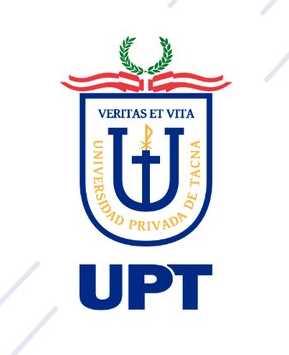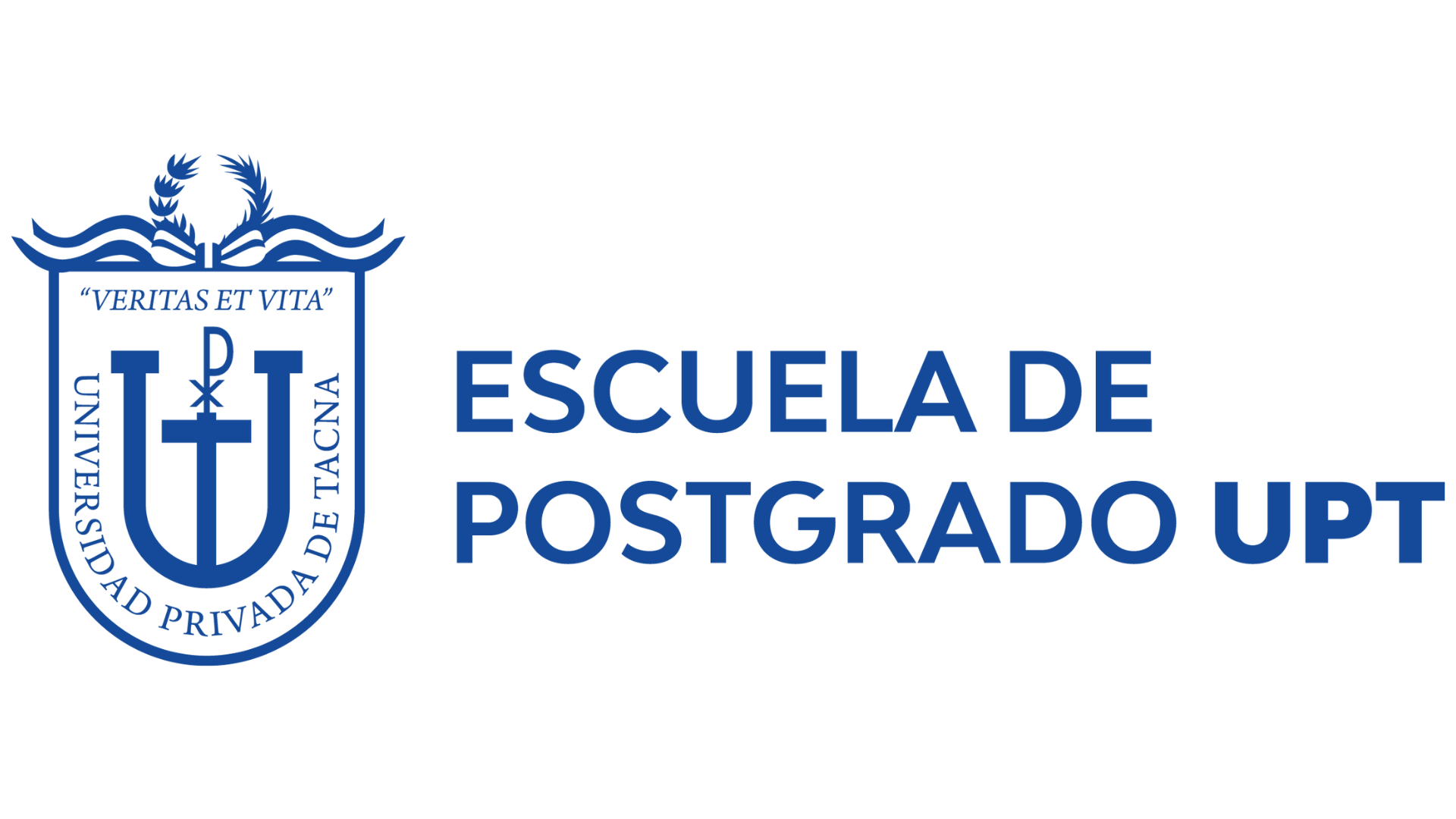Los factores sociolaborales y su influencia en el nivel de estrés del personal de enfermería del Hospital III Daniel Alcides Carrión Essalud de Tacna, período 2009.
DOI:
https://doi.org/10.47796/ves.v1i01.351Palabras clave:
Nivel de estrés, Factores Sociolaborales, Síndrome de Burnout, Insatisfacción LaboralResumen
El trabajo corresponde a una investigación básica, de naturaleza descriptiva correlacional debido a que está basado en especificar propiedades, características y determinar la relación de las variables de estudio: factores sociolaborales y nivel de estrés. La información se obtuvo con la aplicación del cuestionario aplicado por Maslach Burnout Inventory (MBI).La población de estudio está representada por el personal de enfermería del Hospital III Daniel Alcides Carrión de Tacna (ESSALUD).
El objetivo fue determinar la influencia de los factores sociolaborales en el estrés (agotamiento emocional, despersonalización y realización personal) presentado por el personal de enfermería del Hospital III Daniel Alcides Carrión ESSALUD de Tacna, período 2009.
Los resultados más importantes son: el personal de enfermería del Hospital III Daniel Alcides Camión ESSALUD de Tacna, que pertenece al estado civil soltero; al rango de edad de adulto joven y que no tienen hijos, tienen mayores niveles de estrés. Asimismo se comprobó que el personal que tiene el menor tiempo de servicio, y que tienen horario de oficina tienen mayores niveles de estrés; determinándose además que el personal que labora en los servicios críticos de Emergencia, Unidad de Cuidados Intensivos (UCI) y Centro Quirúrgico, tiene mayores niveles de estrés; y que el nivel de estrés según agotamiento emocional, despersonalización es alto, existiendo una baja realización personal en la población de estudio.












